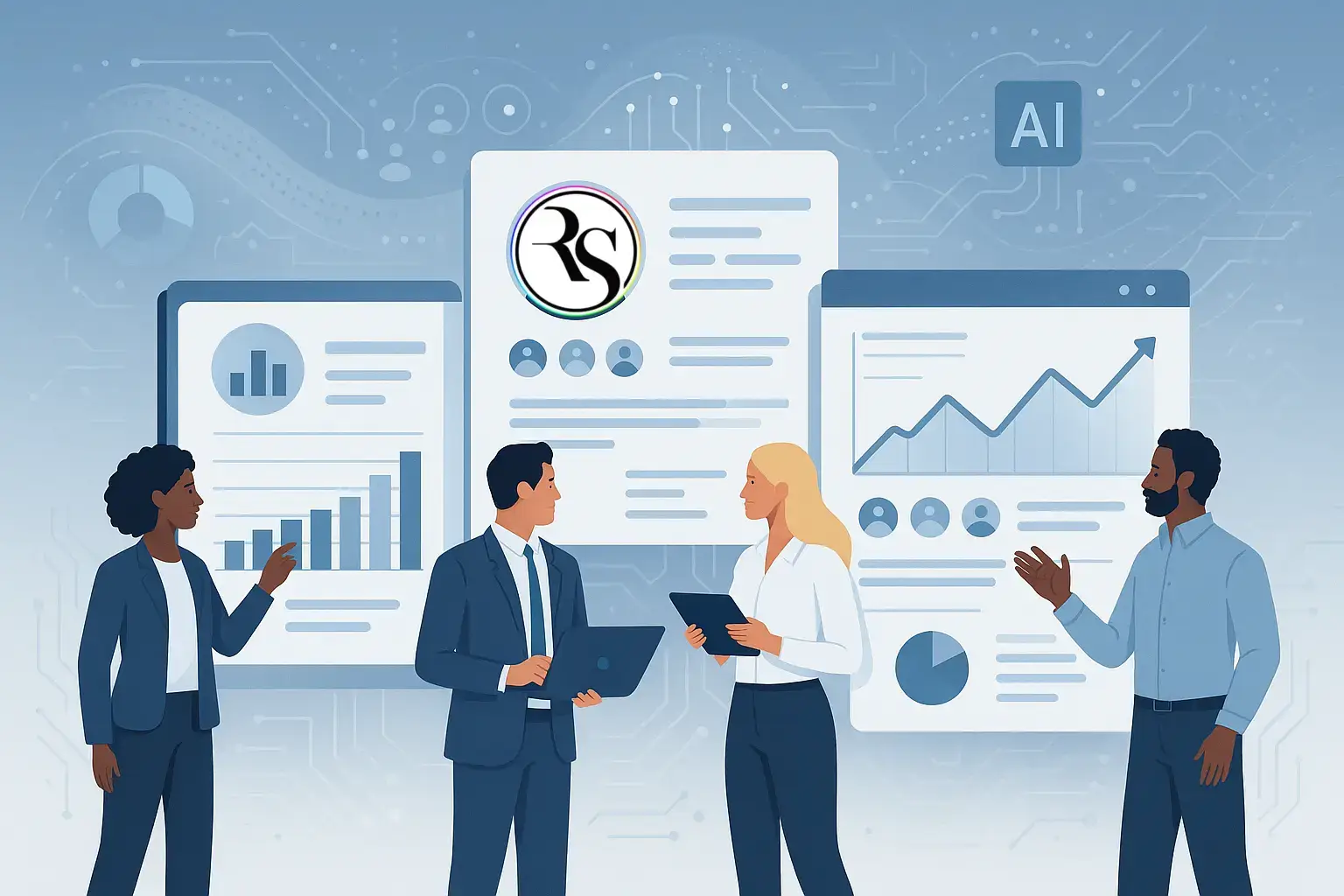People analytics (also called HR or workforce analytics) is about using data to understand and improve how people work in an organization. The goal is to help HR and business leaders make smarter decisions, boost performance, and create a better experience for employees.
How People Analytics Matures Over Time
Organizations usually go through different stages as they get better at using data. These stages are known as maturity levels. Here’s a quick breakdown:
- Level 1: Basic Reporting – Looking at simple HR data like headcount or turnover rates.
- Level 2: Deeper Reporting – Analyzing past data to see patterns and understand why things happened.
- Level 3: Advanced Analytics – Using statistics to dig deeper into the data.
- Level 4: Predictive Analytics – Using models to forecast future trends, like which employees might leave.
- Level 5: Prescriptive Analytics – Not just predicting outcomes, but also suggesting what actions to take.
These levels help companies see where they are and how they can improve.
Frameworks That Guide People Analytics
Frameworks offer a structured way to apply people analytics in real life. One common model is the LAMP model, which stands for:
- Logic – Knowing what questions you want to answer.
- Analytics – Using data techniques to find insights.
- Measures – Choosing the right numbers to track.
- Process – Setting up systems to manage and use the data.
Another useful approach looks at seven key areas related to employee behavior and experience:
- Workforce planning
- Finding and attracting talent
- Hiring new employees
- Onboarding and engaging them
- Managing performance
- Understanding why people leave or stay
- Supporting employee well-being
What’s Coming Next in People Analytics
As technology changes, so does people analytics. Here are some future trends to watch:
- AI in HR – Automating tasks and reducing bias using artificial intelligence.
- Fair AI Use – Making sure AI tools are ethical and transparent.
- Workforce Planning with Data – Predicting future hiring needs and skills gaps.
- Better Employee Experiences – Personalizing work experiences using data insights.
- Real-Time Feedback – Tracking how employees feel in the moment to keep them engaged.
- Hiring for Skills – Focusing more on what people can do, not just their job titles.
- Wellness Data – Using data to support health and well-being.
- DEI (Diversity, Equity, Inclusion) Analytics – Helping build more inclusive workplaces.
- Privacy and Compliance – Making sure data is used responsibly and legally.
- Automating HR Tasks – Using smart tools to handle routine work efficiently.
Key Takeaway:
People analytics is becoming a powerful tool for organizations. When done right, it helps attract the right talent, keep employees happy, and drive business success. By understanding where they stand, using smart frameworks, and staying on top of trends, companies can turn data into real value.
